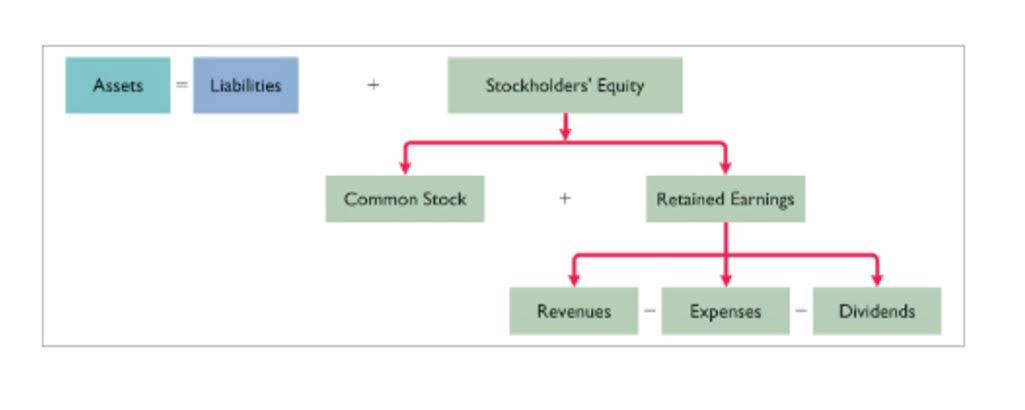
Leverage the automation capabilities of your invoicing software to set up reminders for due payments. This helps minimize delays and ensures that your clients are promptly reminded of upcoming or overdue invoices. It may seem surprising in this day and age, but many smaller companies still stubbornly hold onto paper invoicing processes, printing out bills that are sent to customers by post. Furthermore, paperless invoicing allows for the implementation of strict access controls.
- Businesses will use software to generate, send, accept payment for, process, and record each invoice.
- By adopting electronic invoices, businesses can enhance their security measures, protect sensitive financial information, and ensure the integrity of their invoicing processes.
- If you’re still printing bills and mailing them to your customers, you’re likely feeling the frustration that comes from overflowing filing cabinets and a cluttered office.
- With this detailed step-by-step guide on transitioning into a paperless invoicing system, businesses can adopt a paper-free approach.
- Tracking invoices, marking them paid, and generating receipts are tedious tasks for accounting professionals.
Meanwhile, 87% of finance and technology professionals responded to a separate Versapay survey that they think their customers are ready to adopt digital payments. Data security in digital AP invoice solutions typically includes encryption and data protection measures to safeguard the data throughout its lifecycle. Access controls, such as role-based access, limit who can view and edit https://www.bookstime.com/ financial information. The pros and cons of using paperless invoicing over the traditional method of paper invoicing. Customer satisfaction and experience are critical factors for businesses to thrive in today’s competitive landscape. Paperless invoicing offers several features that can enhance customer experience, making it a win-win for both businesses and their clients or customers.
When Is the Best Time to Send Invoices for Timely Payments?
If you want to take advantage of paperless invoicing, you need invoicing software. This will allow you to create electronic invoices, track invoice status, receive incoming invoices, and more. Paperless invoicing is a modern, agile, and convenient approach to processing incoming payments. Online invoices have many advantages that lead to enhanced efficiency since there’s less manual data entry. If any (or all) of them describe your AR team’s experience, it’s a likely sign that it’s time to make the shift to electronic invoicing. Communicate the benefits of paperless invoicing to your clients, emphasizing efficiency and environmental responsibility.
- These invoices are becoming common nowadays, where the invoice is embedded in the body of the email instead of as an attachment to the email.
- Businesses typically spend up to 70 percent less time using AP automation instead of manual processes, Goldman Sachs reports.
- Let our robots handle the busywork that reduces productivity and threatens vendor relationships.
- Traditional paper invoices contribute to deforestation, pollution, and carbon emissions.
- And if the supplies never arrive, it could create difficulties in recouping the funds.
- Instead, you might be better off if they just submit their invoices to a supplier portal.
Additionally, electronic invoices can be easily tracked and monitored, providing businesses with real-time visibility into the status of their invoices and outstanding payments. This billing method is also suitable for businesses of all sizes that want to streamline their invoicing process, reduce paperwork, and enhance security. It primarily benefits businesses that send high invoices or have a large customer base. It is also an excellent solution for businesses that want to reduce their environmental footprint by transitioning to paperless invoicing. Paperless invoice processing involves taking all the usual accounts payable tasks and switching them from a paper-based form to an electronic or digital format.
Invoices: A Small Business Guide
Making minimal physical contact is a must, and that is what the pandemic has taught us. If you implement paperless invoice processing, there would be no contact with coworkers, clients, and customers. But, if you practice paperless invoice processing, it generates payment receipts and marks the invoice paid automatically. However, with the right tools, you can learn how to organize receipts electronically, enabling you to switch from paper invoicing to digital in no time.

A paperless invoice is the simplest and quickest way to invoice your clients globally without leaving your desk. However, the only way to digitize your invoicing processes is to invest in all-in-one invoicing automation software. Instead of printing every document and invoice, you can do everything digitally. The invoicing program you opt for acts like automation software, allowing you to save time on entering all the data. With invoicing software, you can create templates and complete invoices in no time.
Why should I choose PaperLess Invoice Approval to authorise invoices with Sage?
Banks, utility companies, and even government services now offer the option of paperless statements and invoices, and so should your business. After all, paper creates unnecessary clutter and waste, not to mention it is quickly becoming an old-fashioned way of doing business. Going paperless helps streamline business functions by increasing efficiency for suppliers and clients alike. If you are considering making the switch, here are some helpful tips on implementing paperless invoice processing.
Timely payments are essential in maintaining a good relationship with suppliers, and payments made after the due date can incur late payment fees or lead to account closure. Paying invoices on time necessitates that the accounting department operates seamlessly. With IntelliChief, moving to a paperless invoice processing system is easier than you expect. Sending paper-based invoices is time-consuming and requires a significant investment of resources. The transmission of digital invoices and their approval may be automated via online invoicing combined with specialist software. Paper bills are a pain to handle since they need scanning, all the data input, and subsequent stakeholder communication and approval.
These invoices are becoming common nowadays, where the invoice is embedded in the body of the email instead of as an attachment to the email. The key to adoption is that the vendors should not pay any fee for the portal; otherwise, the adoption rate decreases. Yes, we know it is obvious that you should have clearly defined goals for any automation initiative, but you would be surprised to see how many companies don’t do this right.


